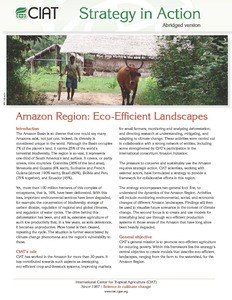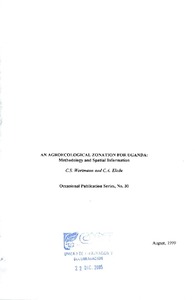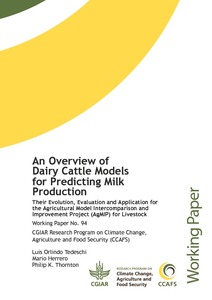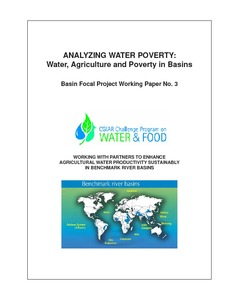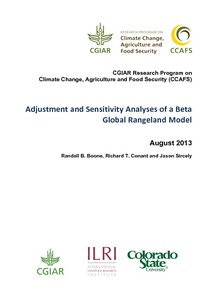Annual Report 2011: Groundwork for success
2011 was the first year of operation of the CGIAR Research Program on Climate Change, Agriculture and Food Security (CCAFS). CCAFS brings together the work of all 15 international Centres in the CGIAR, and is a joint programme between the CGIAR and the Earth System Science Partnership (ESSP). 2011 was a start-up year in terms of introducing a new way of working across Centres, but it was also a year of considerable research effort. Work was initiated in the field at many sites, and baseline surveys were completed in three regions on two continents.



